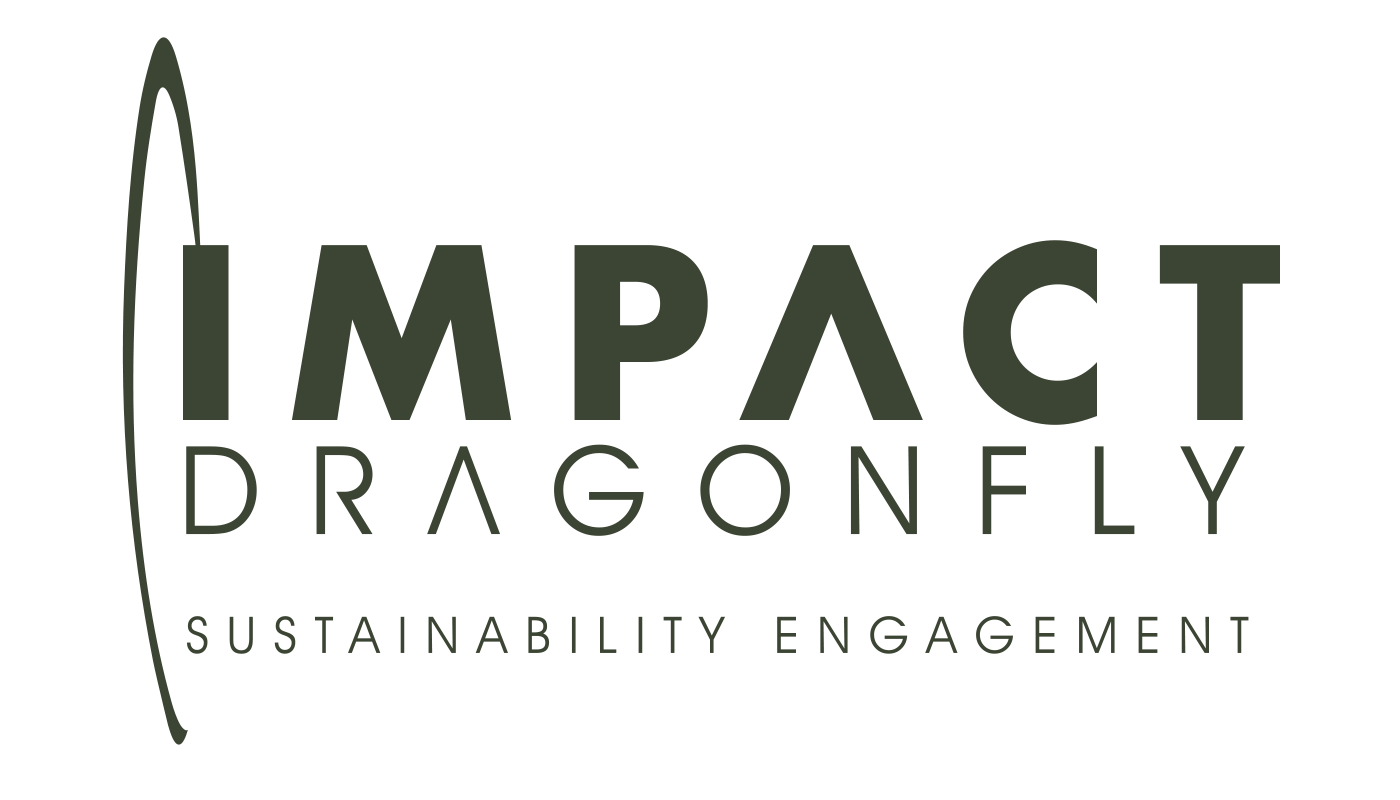Australian Reporting requirements Jan 2025 and what they mean to business
FINALLY, Australia's companies are on the brink of a major shift in sustainability reporting with the introduction of the Australian Sustainability Reporting Standards (ASRS). It is closely aligned with the IFRS Sustainability Disclosure Standards, and are designed to standardise climate-related reporting. Consistency in this area will enable investors and stakeholders to make better-informed decisions, as companies provide clearer and more comparable sustainability information.
Key Features of the incoming standards
The standards are built off the International Financial Reporting Standards (IFRS) framework, this ensures global consistency while allowing certain aspects for Australia’s unique context. This allows companies to uphold international credibility while addressing local concerns.
Initially, the ASRS will prioritise climate-related reporting, which are in response to the pressing nature of climate change, and it has the potential to extend to wider ESG considerations over time.
The ASRS will apply to large corporates who are currently required to submit financial statements under the Corporations Act 2001, promoting a uniform approach to sustainability reporting across Australia's major organisations. Over time, these requirements will extend to smaller entities, and SMEs could find themselves needing to report sooner if they are part of a supply chain that demands earlier compliance.
Companies will need to disclose information on governance, strategy, risk management, and key metrics and targets related to climate risks. This includes detailed reporting on Scope 1, 2, and 3 emissions, as well as scenario analyses for different climate conditions.
The ASRS has introduced a phased approach, beginning with limited assurance for climate-related disclosures, progressing to reasonable assurance within two years, giving companies time to build their reporting systems.
Compliance driven reporting
While the Standards provide a solid foundation for sustainability reporting, businesses should look beyond simply ticking compliance boxes. This is an opportunity to weave sustainability into your overall strategy, transforming it from a "must-do" obligation into a powerful driver for growth—something your organisation actively wants to embrace, not just has to.
The how - where do we start?
Conduct a materiality assessment to pinpoint the most significant ESG issues for your company. This helps focus your efforts on areas that have the greatest impact on financial performance and stakeholder relations. Not only does this align with ASRS requirements, but it also lays the groundwork for prioritising key aspects of your broader ESG strategy.
Start gathering data on your Scope 1 and 2 greenhouse gas emissions, a fundamental step under the new standards. Doing this will assist you to set realistic targets which are essential components of a wider ESG approach. As your systems evolve, you can gradually incorporate Scope 3 emissions, building a more complete understanding of your climate impact.
Don’t try to tackle everything at once—an ESG strategy should be a phased approach, not something to be "solved" but rather something to integrate and embed gradually over time, steadily moving the needle in the right direction. It's wise to begin with manageable, high-impact actions, like boosting energy efficiency or cutting down on waste. These initiatives are easier to implement and can deliver quick wins. As you achieve these early goals, you can then expand your ESG strategy to address more intricate challenges, such as supply chain sustainability and social governance.
Compliance with this standard requires collaboration across departments. Use this as a chance to strengthen internal capacity by investing in ESG training (you are talking my language!) and assembling a dedicated team. This group can drive sustainability initiatives forward, ensuring ASRS compliance is integrated into your company's overall strategic goals, rather than treated as a mere box-ticking exercise.
Meeting ASRS requirements is not a 1 person job and takes cross-departmental collaboration. Take this opportunity to enhance your internal capabilities by investing in ESG training and forming a dedicated team. This team will spearhead sustainability efforts, ensuring that ASRS compliance is woven into your company's strategic objectives, rather than being viewed as a mere compliance task.
It is important to start to document your sustainability data collection processes as the ASRS moves from limited to reasonable assurance. Carry out a pilot assurance review to identify and address any gaps, which will facilitate a smoother transition and position your company for a more robust ESG strategy.
Finally, stay up-to-date with evolving legislation and increasing reporting requirements. By keeping ahead of these changes, you'll avoid the need for costly retroactive adjustments later on.
